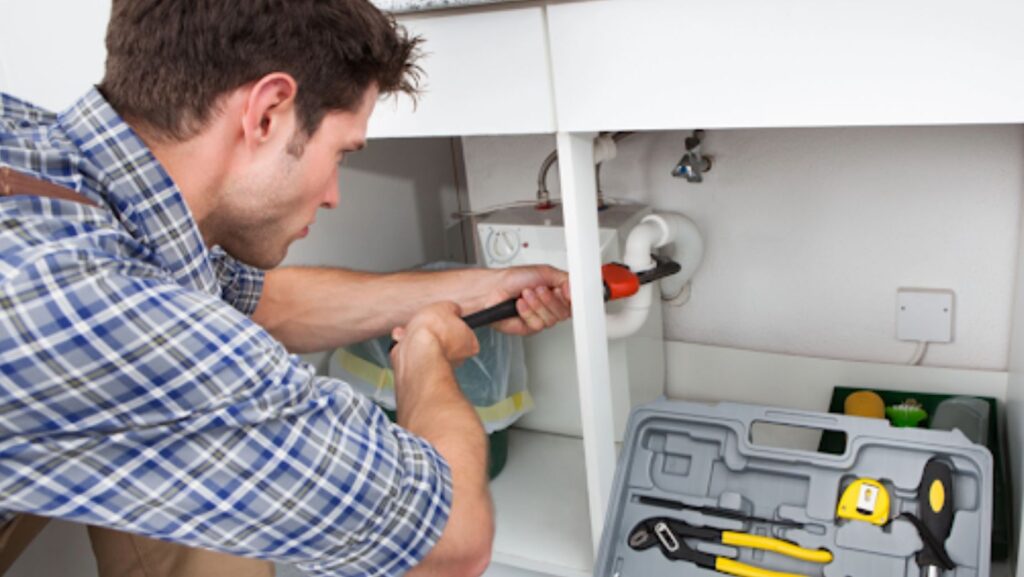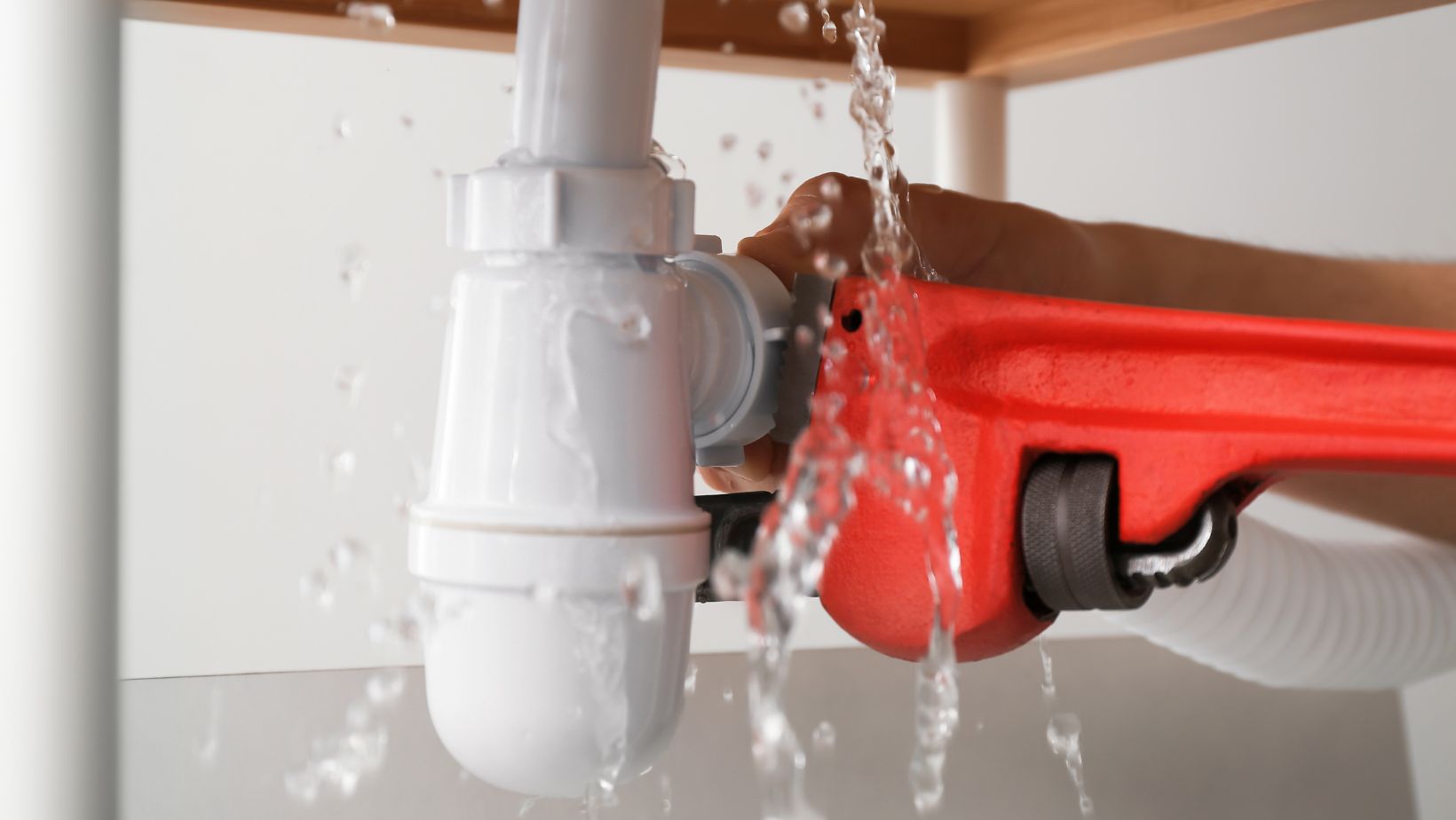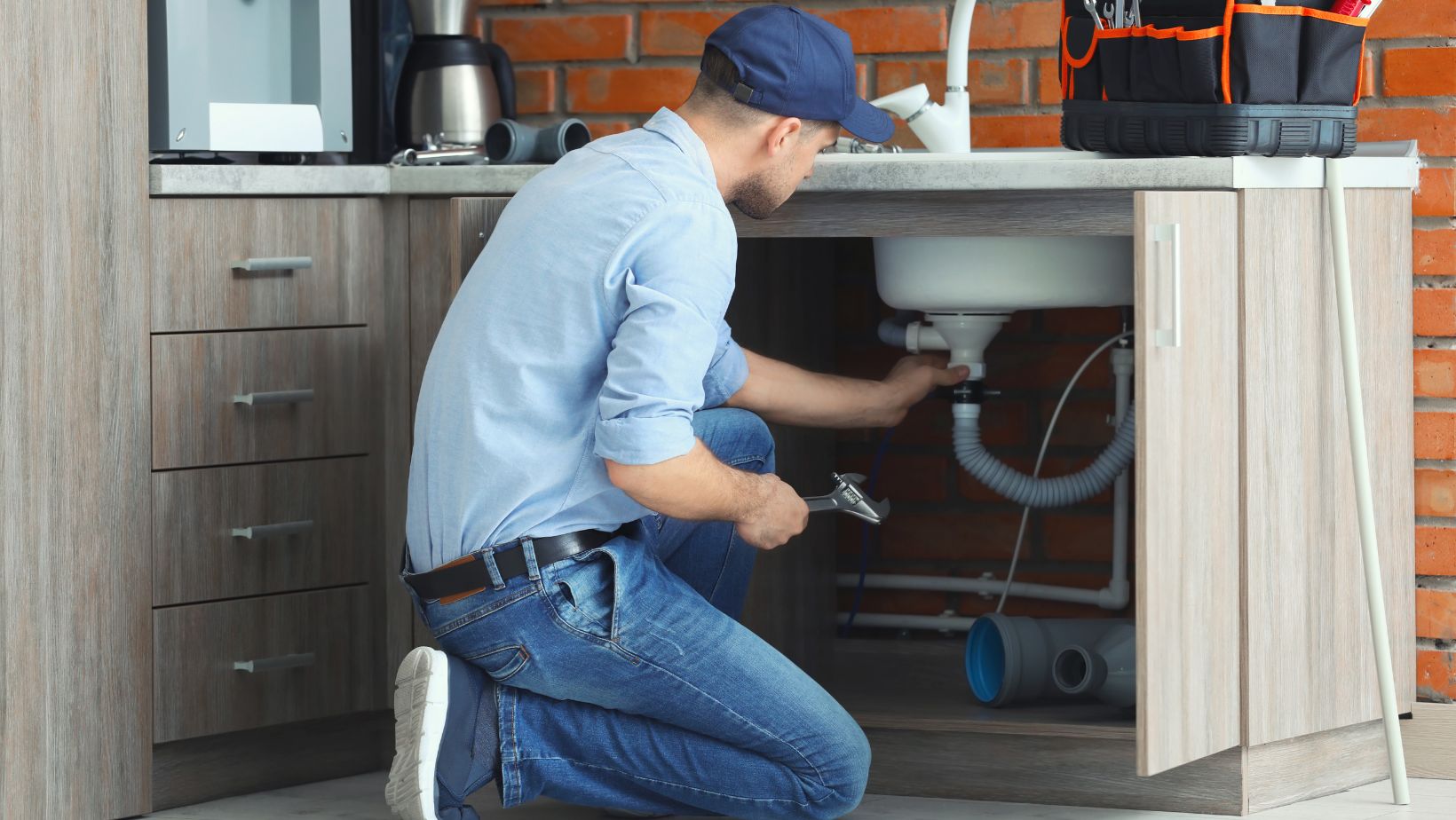Embarking on DIY plumbing projects can be both cost-effective and rewarding. Not only does it save you the expense of hiring a professional, but it also provides a sense of accomplishment upon successful completion. However, to ensure safety and efficiency, it’s essential to have the right tools at your disposal. This article will guide you through selecting the essential plumbing tools for your DIY endeavors.
Understanding Your Plumbing Project Needs
Before diving into any plumbing project, it’s crucial to clearly understand what needs to be done. The first step is identifying the type of project: be it repair, installation, or maintenance. Simple projects like fixing a leaky tap or unclogging a drain usually require fewer tools compared to more complex endeavours such as installing a new toilet or re-routing pipes.
Project planning is pivotal. It involves determining the scope of work, the materials needed, and the tools that will ensure the job is done correctly. The requirements of the project will dictate which tools are necessary. For instance, a simple repair might only require a few basic hand tools, whereas an installation project could need more specialized equipment. For dealing with clogged pipes, consider investing in DIY drain unclogging tools to make the process easier and more efficient.
Must-Have Basic Plumbing Tools for Beginners
For those new to DIY plumbing, there are several essential hand tools to consider:
1. Pipe Wrenches: These are invaluable for gripping and turning pipes and fittings. Having both a medium-sized and a large-sized wrench allows you to handle different pipe sizes effectively.
2. Pliers: Slip-joint pliers and tongue-and-groove pliers are versatile tools that help in gripping, twisting, and turning objects. They’re particularly useful when you need a firm grip in tight spaces.
3. Pipe Cutters: Essential for cutting pipes cleanly and efficiently. A good-quality pipe cutter ensures smooth edges, which is crucial for achieving leak-free joints.
4. Plunger: An often-overlooked tool, the plunger is vital for clearing minor clogs in sinks, toilets, and drains. Investing in a sturdy plunger can save you a lot of hassle down the line.
5. Plumbing Tape: Also known as Teflon tape, it’s used to seal pipe threads and prevent leaks. A small roll of this tape can be a lifesaver in countless situations.
6. Basin Wrench: Specifically designed for use in tight spaces, a basin wrench allows you to reach and tighten nuts that would otherwise be inaccessible.
Specialized Tools for Advanced Plumbing Projects
As you advance to more complex plumbing tasks, your toolkit will need to expand:
1. Pipe Threader: When working with threaded pipes, a pipe threader is essential for cutting accurate threads, allowing for secure fittings.
2. Tube Bender: This tool allows you to bend pipes without kinking or damaging them, which is crucial when finessing pipe positions in tight spaces.
3. Deburring Tool: After cutting pipes, burrs or rough edges may remain. A pipe deburring tool ensures smooth edges, promoting better fitting joints.
4. Drain Snake or Auger: For more challenging clogs that a plunger can’t handle, a drain snake or auger can be used to break through and clear blockages effectively.
5. Specialty Wrenches: For unique situations, such as loosening and tightening toilet or faucet fixtures, specialty wrenches like a spud wrench or a faucet valve seat wrench are highly beneficial.
Electric and Battery-Powered Plumbing Tools
The convenience and efficiency of electric and battery-powered tools cannot be understated:
1. Cordless Drill: A versatile tool in any DIYer’s arsenal. It’s particularly useful for drilling holes in pipes and surfaces without the hassle of dealing with cords.
2. Power Saw: Ideal for cutting through pipes, especially when dealing with metal or thick PVC. A reciprocating saw with a suitable blade can make quick work of such tasks.
3. Electric Pipe and Drain Cleaning Tools: Tools such as electric drain snakes can power through even the toughest clogs, making them invaluable for serious drain cleaning tasks.
4. Inspection Camera: Also known as a plumbing snake camera, this tool is used to diagnose issues within pipes without dismantling them. It’s perfect for identifying blockages, leaks, or other hidden problems.
Safety Gear and Accessories
Safety should always be a priority when undertaking any DIY project:
1. Safety Goggles: Protect your eyes from dust, debris, and potential chemical splashes. Good-quality goggles are a must-have in any toolbox.
2. Gloves: To prevent cuts, scrapes, and chemical exposure, wearing durable gloves is essential. They also provide a better grip on tools and materials.
3. Ear Protection: When using loud tools like electric saws or drills, ear protection helps prevent hearing damage over time.
4. Kneepads: Plumbing often involves prolonged kneeling, which can become uncomfortable or even painful. Well-padded kneepads can make a significant difference.
5. First Aid Kit: Accidents can happen despite our best efforts. Having a well-stocked first aid kit on hand ensures you can quickly address minor injuries.
Conclusion
Selecting the right tools for DIY plumbing projects is crucial for ensuring efficiency, safety, and successful outcomes. Investing in quality tools not only makes the job easier but also offers long-term benefits. Always remember that safety gear is just as important as the tools themselves. By following this guide, you’ll be well-equipped to tackle a variety of plumbing projects, from the simplest repairs to more advanced installations. For those looking to expand their knowledge further, many additional resources and guides are available to deepen your understanding of DIY plumbing.




More Stories
3 Benefits of Hiring Fence Contractors For Residential Fencing Services
When It Rains, It Floods: How To Survive Surprise Home Repairs Without Going Broke
How to Find A Reliable Bathroom Contractor in Burlington